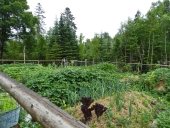
 1
1








Argue for your limitations and they are yours forever.
 2
2




Gardens in my mind never need water
Castles in the air never have a wet basement
Well made buildings are fractal -- equally intelligent design at every level of detail.
Bright sparks remind others that they too can dance
What I am looking for is looking for me too!










 1
1




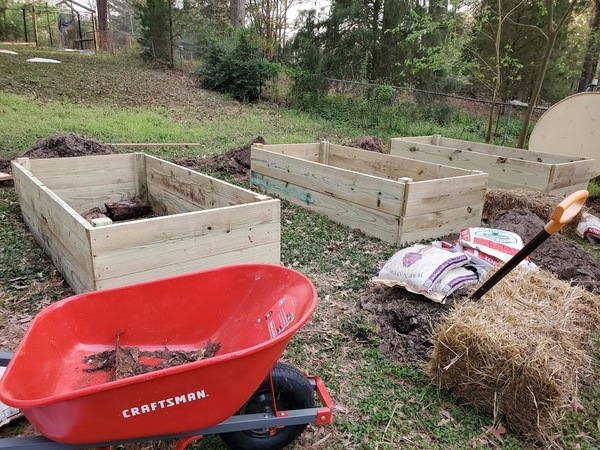
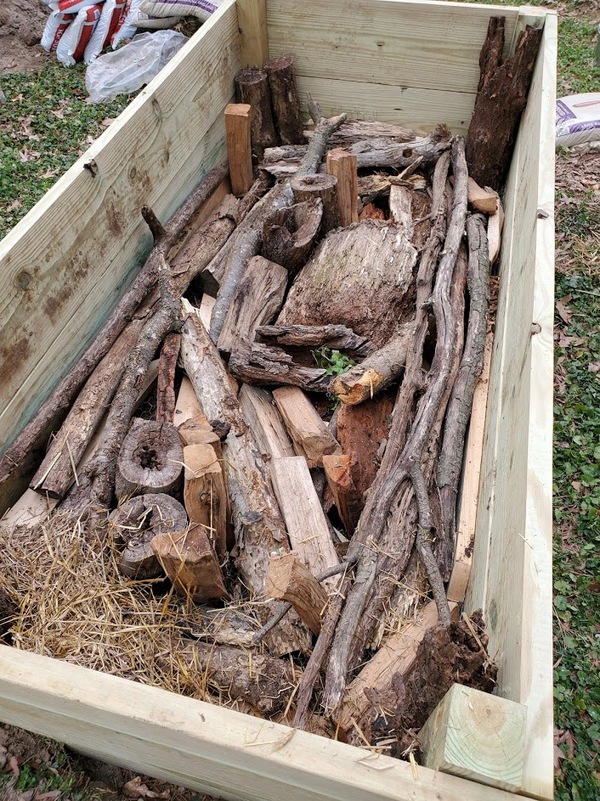
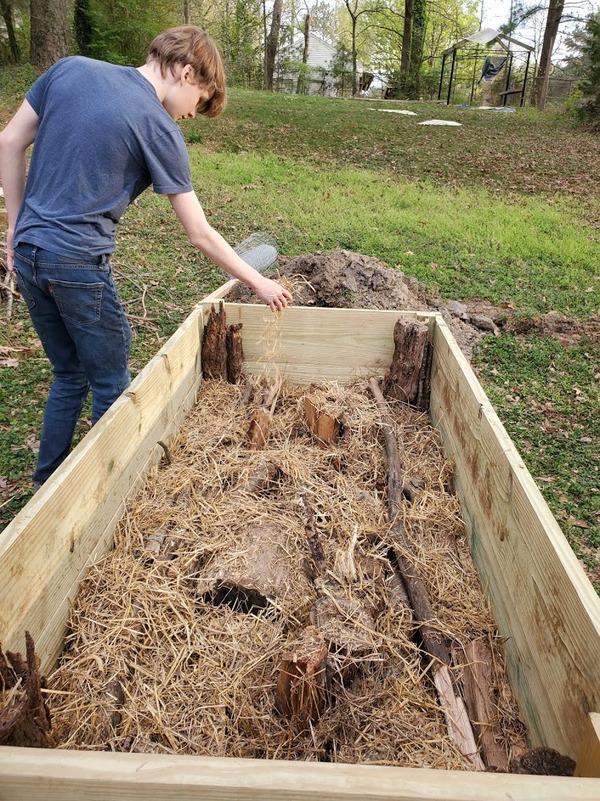
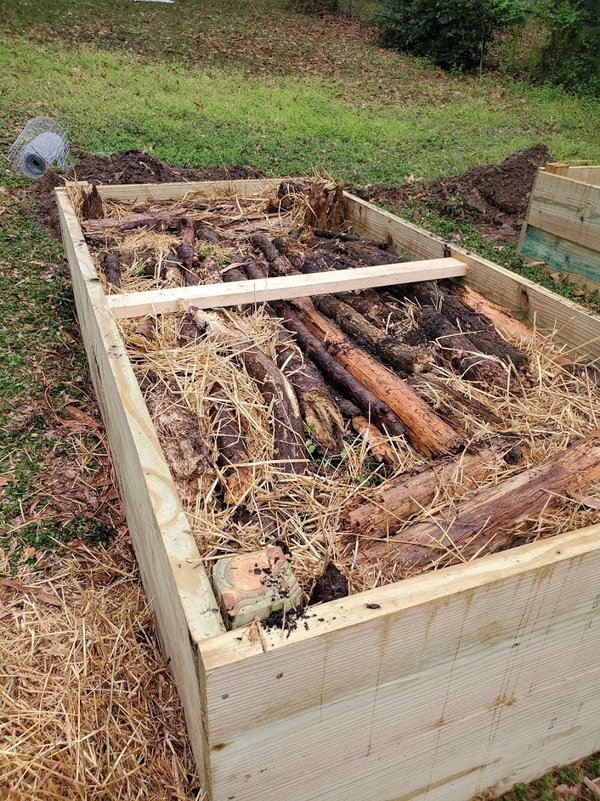

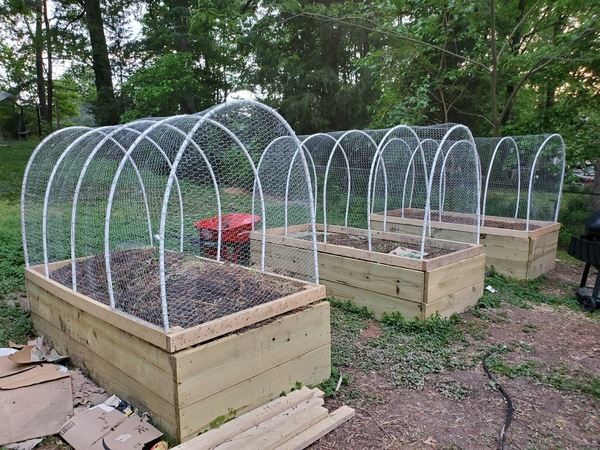
Please give me your thoughts on my Affordable, double-paned earthbag window concept

























Rob Lineberger wrote:I have done this myself. Three 4x8 foot beds. I dug down about three feet, and made the beds 2 feet tall. I used treated lumber for my beds, after careful research of the potential hazards. The decider for me was a chef-turned-professor of soils at University of Washington (Sally Brown) who asserts that copper uptake in plants is a minimal risk. To me, it's better than plastics (human growth hormone analog), galvanized metal (zinc is nasty IMO), regular wood (will rot quickly), or earrthbag (we get SERIOUS rain here).
I was going to suggest Ruth Stout and trellises as well. Trellises in particular. But you have that.
After I dug my holes I laid down chicken wire and stapled it to the raised bed sides. Then I filled it with a progression of large fresh logs, straw/compost/leaves/etc (aka a mulch layer), large decayed logs, mulch layer, medium hardwood logs, mulch layer, medium rotted, mulch layer, all the way up to sticks, then a foot of soil. Then I covered that in 4 inches of actual mulch. I also used some bagged topsoil and compost to mix in with the soil I dug up. I didn't really want to use bagged topsoil but I didn't have any other inputs available and I was under serious time pressure.
Here are some pics of that process:
(clipped pic)
About halfway filled:
(clipped pic)
Ready for soil now:
(clipped pic)
Then I built squirrel cages:
(clipped pic)
and here is the final result:
(clipped pic)
In five months I estimate it has settled about 12", so I need to add more soil. It has been a dream in terms of plant growth and moisture control, both flood and drought are mitigated. I got lots of slugs. I recommend that you have some form of squirrel deterrent. Also, I highly recommend you put cross braces every six feet or so. The heave and contraction of the soil really strains even these modest beds. They are teeming with insect/arthropod life (roly polys, slugs, earthworms, fire ants.) Mulch is a must for weed control. Hope it works out well for you!




kyle mende wrote:For the metals, I was going to go with corrugated corten roofing. So It'll form a nice rusty patina naturally.
Technically yes this isn't FULL hugelkulture since it's not an earthen bed with sod and ground cover, etc. I'm trying to merge the self-feeding principles of it with a neater modern raised bed. I don't plan on using sod either as I don't want grass growing in it. I was going to cover the twigs and wood chips with chicken manure/shavings that I have. That should be plenty of nitrogen for the wood to use for decomposition.
at only 3 feet wide I won't have difficulty reaching the back. As for trellis, the wire fence is right there, so that's my trellis!
I'm technically in unincorporated king county between renton and maple valley. I just put seattle as a general geographical idea for people who might have weather related commentary for this.
I'll read up on this Ruth Stout stuff.

 1
1




kyle mende wrote:I'm definitely doing braces, can't have that thing falling over now. I wasn't planning on squirrel protection, as that would be a LOT of wiring. But also, I grow enough for myself, then can have some. I have rabbits, deer, squirrels, and tonight found a racoon eating in my grape vine. I can afford to give some back to nature. Besides, how else am I going to get the wildlife close enough for my arrows? LOL

Please give me your thoughts on my Affordable, double-paned earthbag window concept





















Morfydd St. Clair wrote:
Oh, very nice. That's what I want for my garden!
I'm sad to hear the slugs do well there. My probably unrealistic dream is that because it's a limited amount of soil, I can use nematodes to kill the existing population and then copper rails on the sides to keep new ones out. We'll see.
Please give me your thoughts on my Affordable, double-paned earthbag window concept


















|
Hug your destiny! And hug this tiny ad:
The new gardening playing cards kickstarter is now live!
https://www.kickstarter.com/projects/paulwheaton/garden-cards
|

